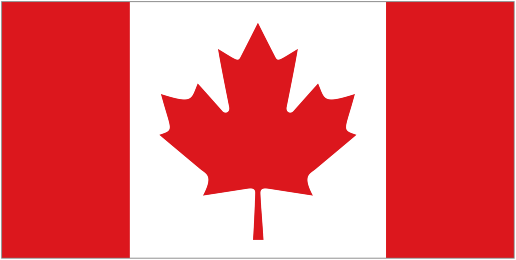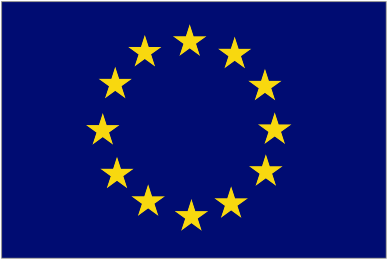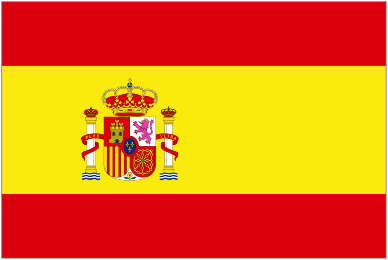CANADA, SPAIN, AND THE EUROPEAN UNION IN THE TURBOT WAR



Click on the flags above for background on each of the three actors
What was the Turbot War?
On March 9th, 1995, the Canadian Coast Guard seized the Spanish fishing trawler Estai off the coast of Newfoundland. The Canadian government claimed the vessel was over-fishing turbot. Quotas of allowable catches were set by the North Atlantic Fisheries Organization (NAFO) an international organization with member countries from all over the world. The Canadians claimed that Spanish and Portuguese vessels were catching more than the quotas. Emma Bonino, the EU Fisheries Commissioner, called the seizure “an act of organised piracy.” The Spanish demanded that the Canadian government return the ship to its captain and crew along with its catch of Greenland Halibut, or Turbot. They said Estai was fishing in international waters. Two weeks later, a Canadian ship cut off the nets of a Portuguese vessel, the Pescamar 1, and the nets of two more Spanish vessels, the Juan Antonio Nores and Ana María Gandón, in the same waters. The relationship between the two countries became tense and Spain even sent a warship to protect its fishermen.On April 16th, 1995, Spain, Canada and the EU reached an agreement, ending the dispute.
This episode was called THE TURBOT WAR.
- Why was the Canadian government seizing private fishing vessels? What was the source of the conflict? Why was the European Union involved in the conflict?
- How was the conflict resolved? In which international organization was a settlement between Canada, Spain, Portugal and the European Union reached?
To find out the source of the conflict, click here.
To go straight to the activities, click here.
![]() Fishing for News …
Fishing for News …![]()
“Conservative body urges cod boycott”: (Guardian – UK)
“Deep sea fish stocks in crisis”: (BBC News)
“Trawlers caught in Canada’s nets”: (BBC News)